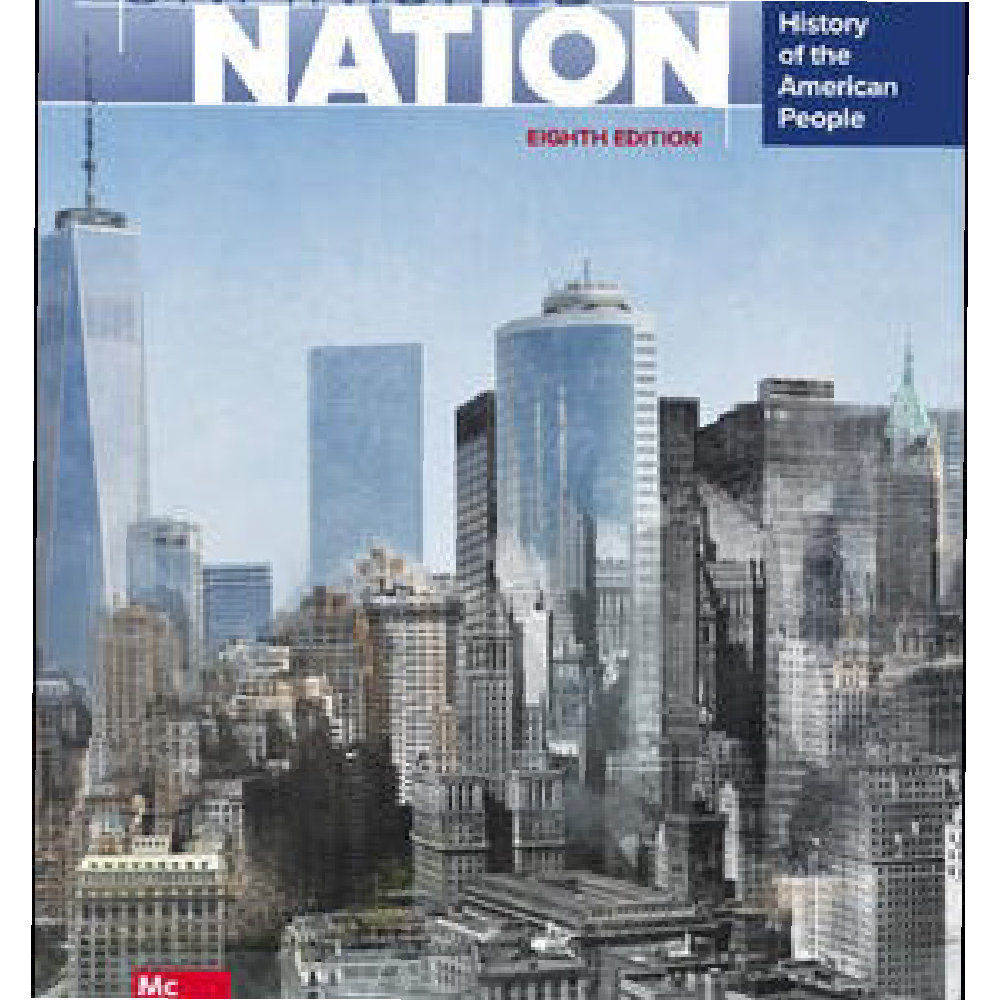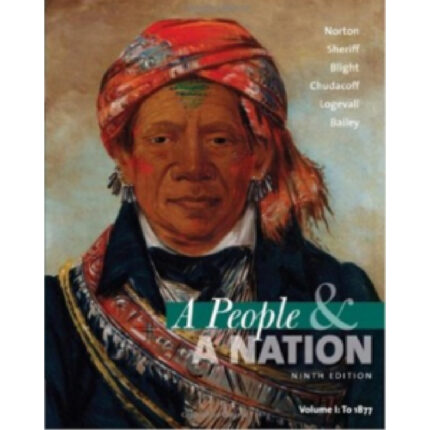Chapter 11 Cotton, Slavery, and the Old South Key
1. (p. 251) The historian who wrote “The South [prior to the Civil War] grew, but did not develop” meant that
A. the South had created a prosperous plantation system but had not expanded its borders.
B. the South had expanded as a geographic region but had developed little prosperity.
C. agriculture remained the leading industry of the South, but the plantation system was declining.
D. the southern population increased, but new technology had bypassed the region.
E. the South had failed to move from an agrarian to an industrial economy.
Accessibility: Keyboard Navigation
Topic: The Cotton Economy
2. (p. 254) Prior to 1860, the center of economic power in the South
A. remained, as it had been, primarily within the lower South.
B. was in Charleston, South Carolina
C. shifted from the lower South to the upper South.
D. remained, as it had been, primarily within the upper South.
E. shifted from the upper South to the lower South.
Accessibility: Keyboard Navigation
Topic: The Cotton Economy
3. (p. 252) Tobacco cultivation in the antebellum South
A. never made a profit.
B. was centered in the lower South.
C. was easy on the soil.
D. was gradually moving westward.
E. enjoyed a stable market.
Accessibility: Keyboard Navigation
Topic: The Cotton Economy
4. (p. 252) Rice and sugar production in the antebellum South
A. threatened to overwhelm cotton production in the lower South.
B. had difficulty sustaining profits for growers.
C. were concentrated in a relatively small geographic area.
D. was in considerable decline by the 1850s.
E. had short growing seasons.
Accessibility: Keyboard Navigation
Topic: The Cotton Economy
5. (p. 254) Short-staple cotton
A. helped to keep the South a predominantly agricultural region.
B. was only grown in the coastal regions of the upper South.
C. was more susceptible to disease than long-staple cotton.
D. was easier to process than long-staple cotton.
E. was less coarse than long-staple cotton.
Accessibility: Keyboard Navigation
Topic: The Cotton Economy
6. (p. 254) During the first half of the nineteenth century, the “cotton kingdom”
A. still had not adopted the cotton gin, despite the time and resources that could be saved.
B. did not rely on large numbers of slaves imported directly from Africa.
C. was the dominant source of the income of the lower South.
D. saw wealthy planters outnumber small planters.
E. was already losing ground to other staples, such as rice and tobacco.
Accessibility: Keyboard Navigation
Topic: The Cotton Economy
7. (p. 254) Between 1840 and 1860, the American South’s slave population
A. became concentrated in the upper South.
B. dramatically shifted into the Southwest.
C. changed little.
D. could not meet the South’s labor needs.
E. declined in overall numbers.
Accessibility: Keyboard Navigation
Topic: The Cotton Economy
8. (p. 254) By the time of the Civil War, cotton constituted nearly ________ of the total export trade of the United States.
A. two-thirds
B. half
C. one-fourth
D. one-tenth
E. one-third
Accessibility: Keyboard Navigation
Topic: The Cotton Economy
9. (p. 254) By 1860, the textile manufacturing sector of the American South
A. had come to dominate the South’s economy.
B. had increased threefold in value over the previous twenty years.
C. was nonexistent.
D. was equal to one-third of the value of cotton exported that year.
E. had declined in value throughout the 1840s and 1850s.
Accessibility: Keyboard Navigation
Topic: The Cotton Economy
10. (p. 255) The New Orleans magazine publisher, James D. B. De Bow, championed
A. southern commercial and agricultural growth.
B. southern economic independence from the North.
C. closer economic ties with the North, and southern commercial and agricultural growth.
D. southern economic independence from the North, and southern commercial and agricultural growth.
E. closer economic ties with the North.













Reviews
There are no reviews yet.